The Locations
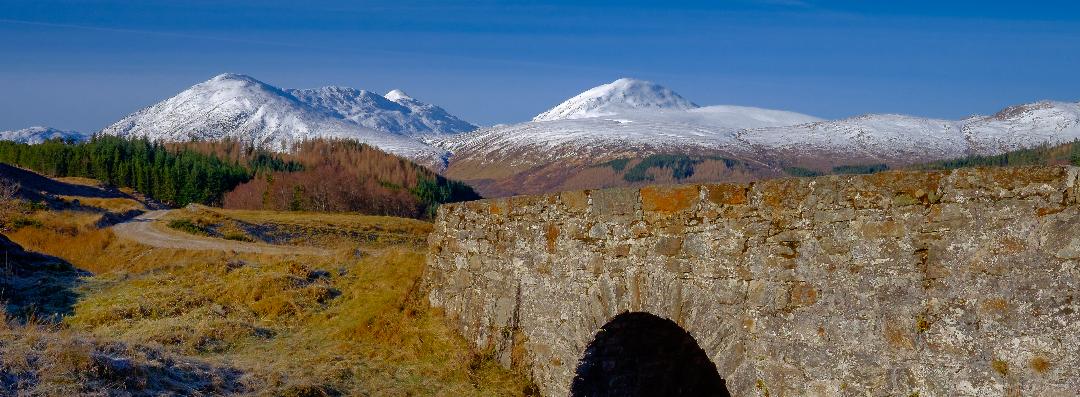
The Locations...

Readers of The Drumbeater have often asked me whether I based my fictional settings in the Scottish Highlands on factual locations. I’ve even heard of instances where individuals have been reading the book with a road atlas positioned within easy reach, or with a map of the Highlands laid out upon their dining room table. So, on this page I will share with you some of those special places with which I have formed such an affinity over the years. Places that have found their way into my two novels.
Perhaps the best place to start is Glendaig, the fictional village on the shore of Loch Coinneach, where the mysterious skeletal remains were found in The Drumbeater. Glendaig is in fact based upon the remote hamlet of Arnisdale. This tiny lochside settlement hugs the north shore of Loch Hourn, a vast sea loch that drains into the Sound of Sleat. Behind the row of old whitewashed cottages towers Beinn Sgritheall, the 974m (3,194ft) high Munro that sits like a giant ridge tent to the north of the village. In The Drumbeater, the mountain doubles as Beinn Caisteal, a favourite haunt of Isobel Grant and Max Friedmann during their childhood. https://you-well.co.uk/visiting-glenelg/
A little to the west of Arnisdale is a cluster of small islands, the largest of which, Eilean Rarsaidh, doubled as Eilean Ceann-Cinnidh in the book. Behind it lies the small shingle cove where the skeleton, complete with wristwatch, was discovered by the Kirkwoods.
The road then turns north, past the Sandaig Islands, and a shoreline made famous by Gavin Maxwell’s marvellous book, Ring of Bright Water. Close by is Glenelg, another picturesque fishing village, known for its Hanoverian barracks and ancient brochs. Readers of The Drumbeater may well recognise it as the village of Camuscraig, scene of the late night collision between the car driven by German agent, Phoebus, and young cyclist, Lachlan Macdonald.

Moving on towards the east coast, we pass the site of the fictional Drumossie Moor railway station, where Max Friedmann is freed from the train by Jurgen Reiniger. The old Culloden Station, upon which it is based, is now long gone, but the viaduct across which the two German submariners make their escape still stands, an imposing landmark that spanning the Nairn Valley near Dalroy.
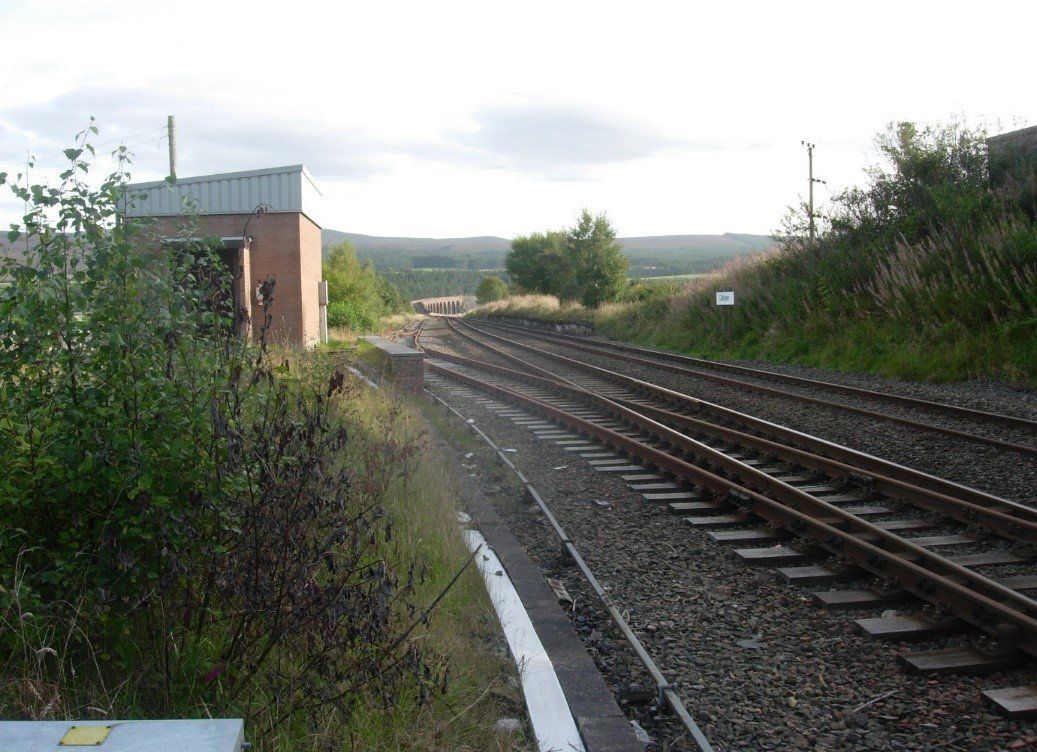
Our next stop is the pleasant little harbour town of Cromarty, and to Shore Street, the home of Rona Strachan, Neil Strachan’s mother. The street itself does exist, running along the shore of the Cromarty Firth, but the house, Crumbathyn is of course fictional, based upon other examples of early Georgian houses in the town.
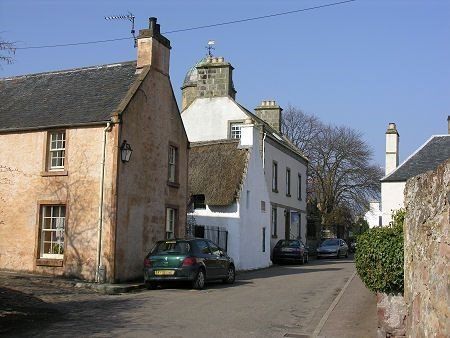
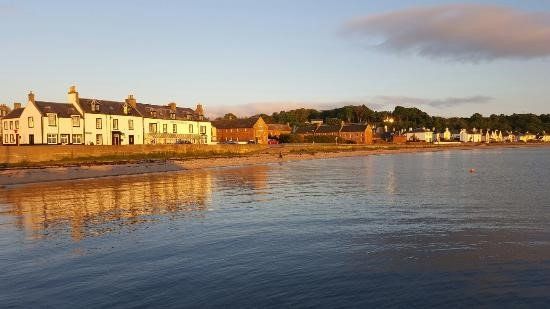
And so, onto my second, Inspector Strachan novel, The Well of the Dead. Two locations feature strongly in this book, the iconic Culloden Battlefield and the ‘partly’ fictional area of Ruthven in Strathnairn. Culloden, of course, is a world renowned heritage site, and its location is no mystery.
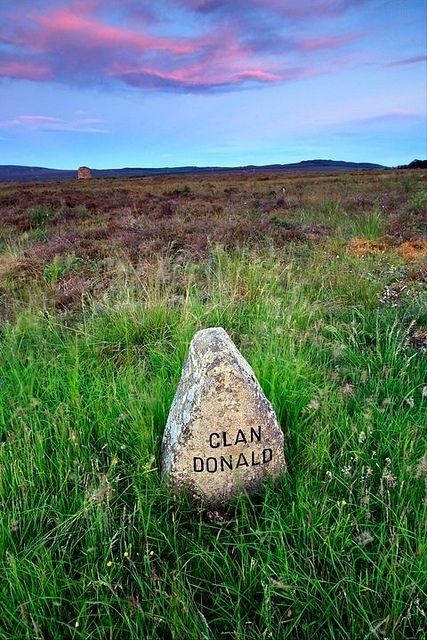
Ruthven, on the other hand, is tucked away in a quiet corner of the remote countryside to the south west of Loch Ness. It is not a settlement as such, but a small inland loch, now an RSPB nature reserve, well known as being a place to see the rare Slavonian grebe in its breeding finery and display.
Cullaird Castle, the home of the Fraser family in the book, stands nearby. It is of course a figment of my imagination! But to be credible, fiction must be based on fact to some extent, and my Cullaird Castle is no exception! This imposing tower house, or keep, is based on a building with which I am intimately acquainted. It is Forter Castle in Glen Isla, Perthshire. Forter is a magical location with a long and bloody history, a place my family and I had the privilege to have all to ourselves for a holiday a few years ago. I’m not so sure there is a lost Jacobite hoard secreted within its walls, but it sure fits the bill as the Frasers’ ancestral home! If you want to find out more take a look at Forter’s website. http://www.fortercastle.com/
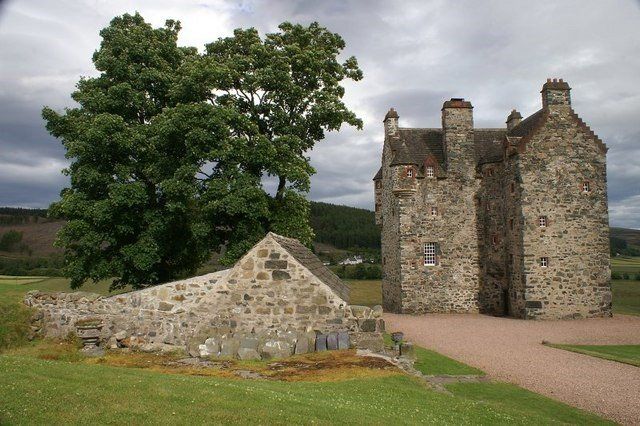
I will end my whirlwind tour of Neil Strachan’s Scotland with another factual location, one that surely has the same atmospheric presence as the Craigh Na Dun stone circle featured in the TV series Outlander! The Clach an Airm Stone, featured in The Well of the Dead, is, as the book describes, located deep in the Forest of Gask. The photo below was taken during a recent visit to the stone. This solitary menhir, some four feet high, is believed to have been the rallying point for the warrior clansmen of Strathnairn on the eve of the Battle of Culloden. It is also known as the “Stone of the Swords” where those doomed Highlanders are said to have sharpened their weapons against its craggy face, before setting off to their tragic fate, and a place in history…
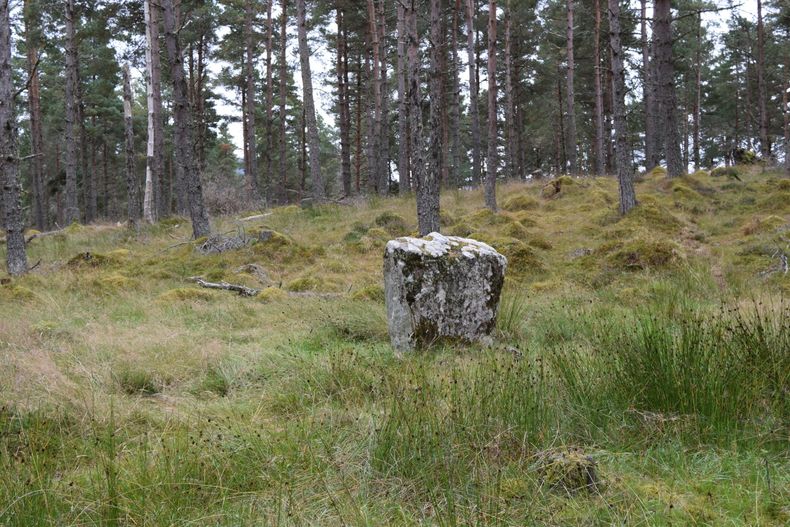
... The Drumbeater ebook is now exclusively available through amazon.com and its global associates. To celebrate my switch to Kindle Direct Publishing, the ebook will be offered at a discounted price for a limited period. From 25th September to 27th September 2020, you will be able to buy The Drumbeater for £1.99 ( a 61% saving). From 27th to 29th September, the price will be £2.99 (41% saving) and between 29th and 1st October it will be £3.99 (21% saving). Thereafter, the ebook will return to the standard price of £4.99!
The Drumbeater paperback remains available to order through www.troubador.co.uk/bookshop.